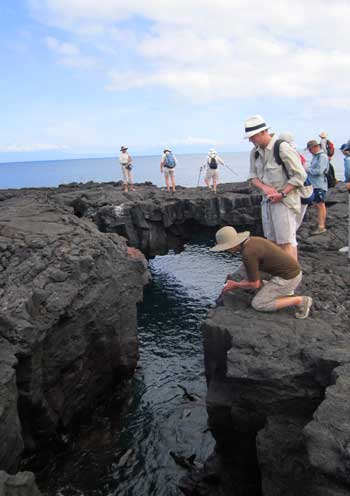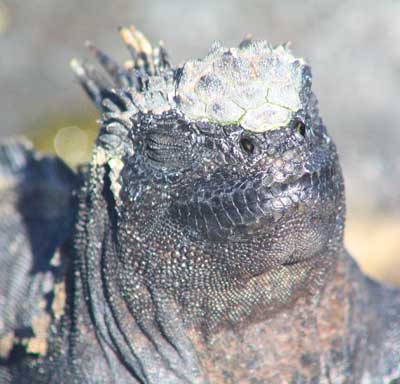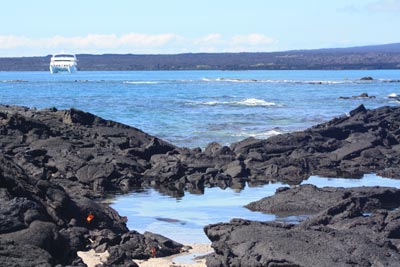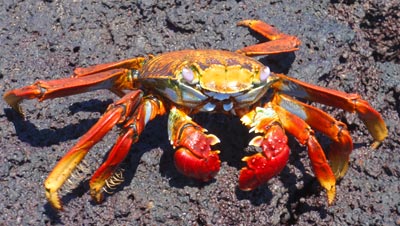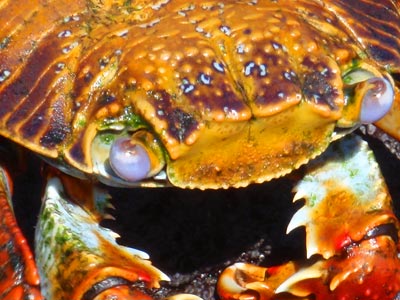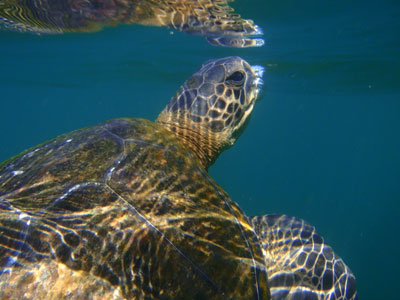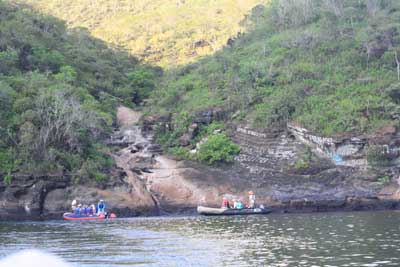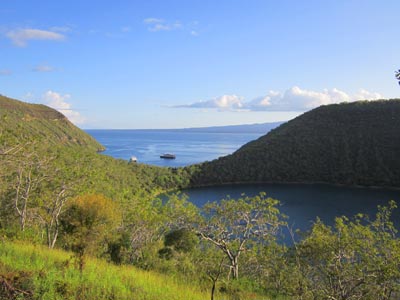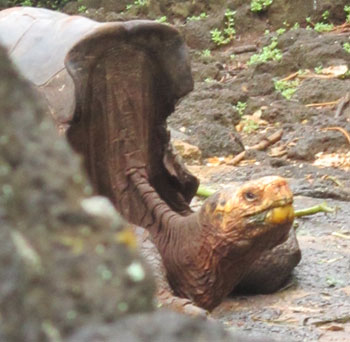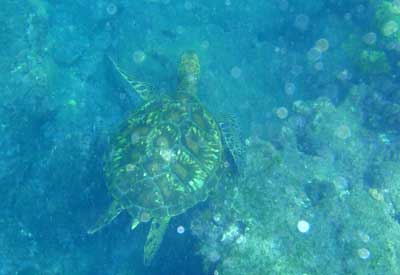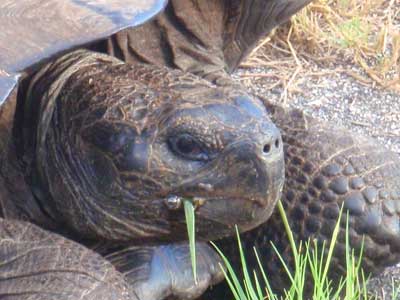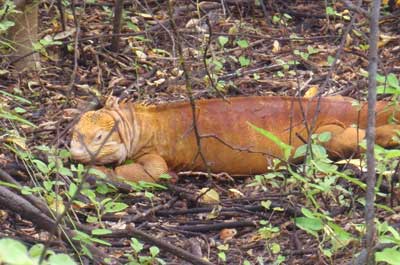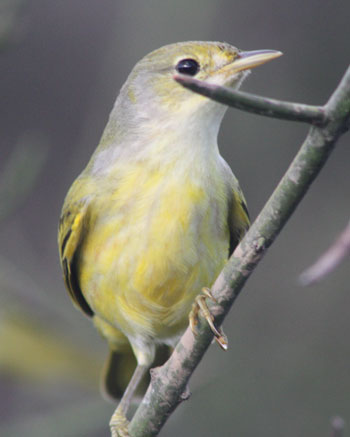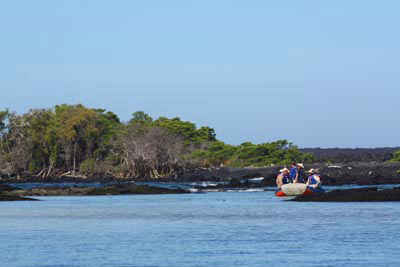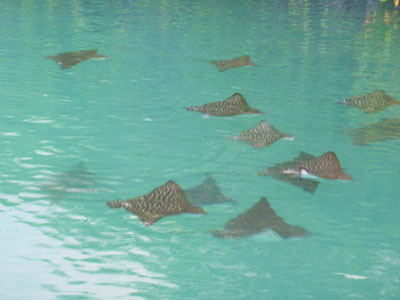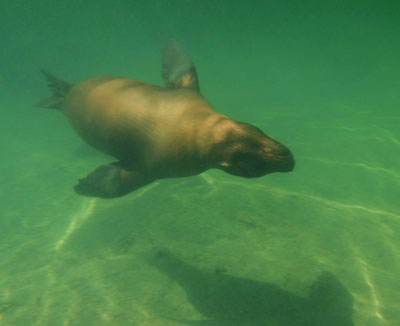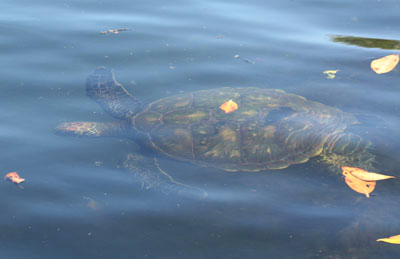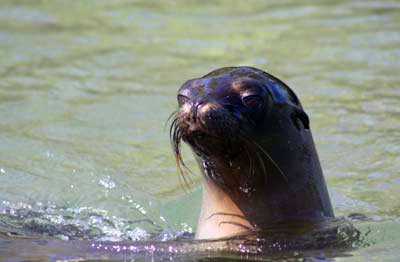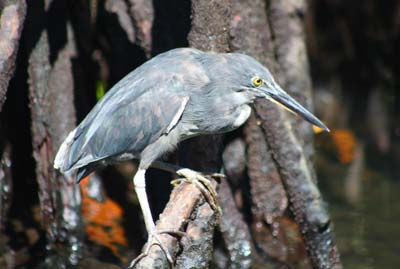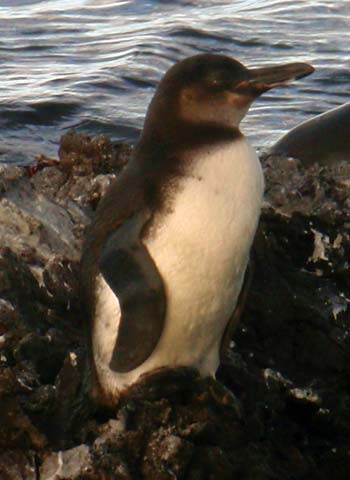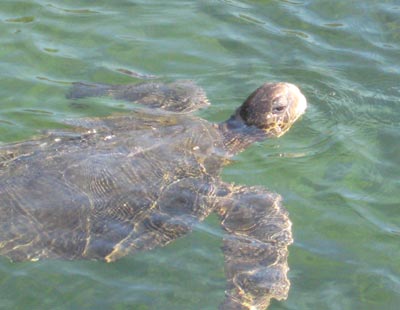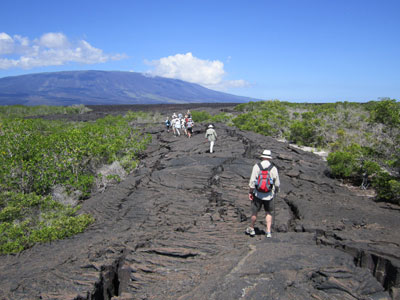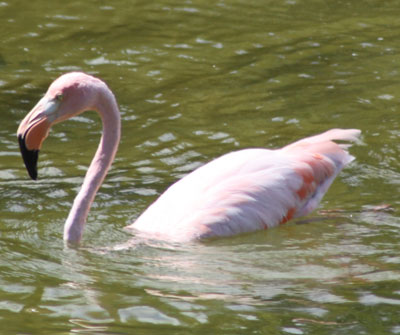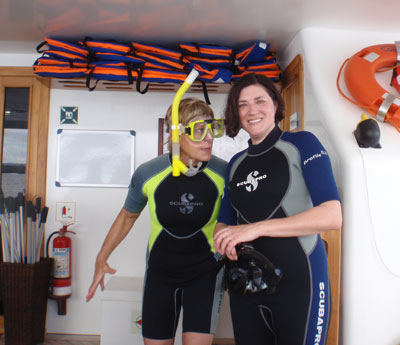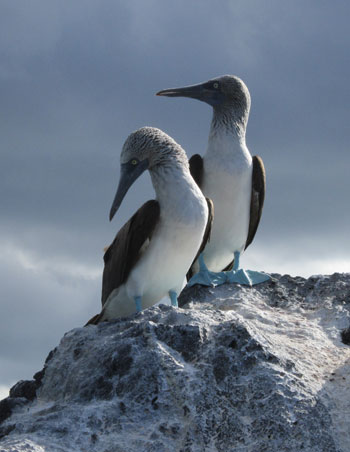Ecuador Trip: Day 11
Galapagos Cruise: Day 6, Morning
Day 6 of our Galapagos cruise (April 26, 2012) is another that deserves two blog posts. We just did so much in one day, and everyone had their cameras out, that it’s impossible to cram into one post (keep in mind that I update my photo albums about every five years and am partially using these blog posts to help remind me what I did a certain day when I finally get around to putting Ecuador pix in albums).
In the morning, we set off for Egas Port, also known as James Bay, on Santiago Island. For Week 1 of our cruise, this was the first time we set foot on a landing site that wasn’t on either Isabela Island or Fernandina Island (not counting our first visit to giant tortoises in the wild on Santa Cruz before we officially pulled anchor).
The first thing you notice when you land at Egas Port are the cute little Flycatcher birds. Out of our group of 17 people, including the guide, the Flycatchers must have landed on at least 10 of us. I was one of those who didn’t merit a Flycatcher landing (sob), but My Liege, BIL and SIL all did (or, if one did land on me, it wasn’t caught on camera that I know of). The birds would land on your camera, your outstretched finger, the rim of your hat. In the interests of maintaining the privacy of the other passengers, I’m not posting any of their photos. However, I will post a picture of our guide, Harry Jimenez, with the Flycatcher landing on his camera. Harry recently opened his own blog about his hotel and the guiding he does both with his boat, Blue Fantasy, and as a freelance guide on larger boats like the Cormorant. Harry has a new website for the Eco-Lodge and also an Eco-Lodge Facebook profile which you can go friend. I figure if I post links to all his sites, Harry will forgive me for posting his picture with the Flycatcher. It’s called promotion, Harry. You’re welcome.
Here’s Harry with the Flycatcher landing on his camera:

Life is not complete without a close-up! “Flycatcher.” Photo Credit: Moi:

There are beautiful rock formations all over Egas Port/James Bay. It’s not uncommon to spot a baby sea lion catching a nap:
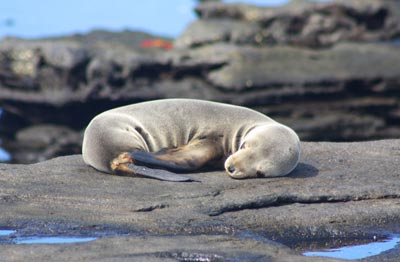
Marine iguanas taking a bath:

There are grottoes and tide pools galore at Egas Port. It is amazing, totally beautiful. We really loved Fernandina Island and Isabela Island for the vast variety of marine life and wildlife. However, the visit to Egas Port in Week 1 was a tiny taste of what was to come during Week 2 of our cruise, where we visited many islands with spectacular rock formations. This is why it’s so difficult for me to choose whether I liked Week 1 or Week 2 better. They are so different. If you only go for one of the weeks, don’t be surprised if you find yourself wanting to go back again a year or two or three later to finish the other half of the Islands. I know one couple from Week 1 who intend to go back for Week 2, and at least one person from Week 2 who intends to return for Week 1. A couple we met from Germany on Week 2 were on their second Galapagos cruise and have every intention of returning a third time.
Travel Tip! Paradise is highly addictive.
I took a walking stick to Egas Port, but quickly discovered it interfered with my zoom lens and my standing ability. So I fobbed it off on my husband. Here we are, happy as Sally Lightfoot Crabs, at Egas Port:
We’re wearing our Panama hats, bought and made in Ecuador. I can’t remember if I’ve told the story of how Panama hats came to be called Panama hats. If you’ve been following the travel blogs and can’t remember me saying anything, let me know (which means you either have to comment or email me) and I’ll include the Ecuadorian-made Panama hat anecdote in another post.
Our group came upon this cool arch that we had to cross. What’s everyone looking at? Sea lions are playing in the water down below!
Proof that I do not lie:
At Egas Port was one of the perhaps two times (that I can recall) during the entire two weeks where we saw Fur Seals. The fur seals are furrier than the sea lions. My knowledge stops there. Perhaps Harry J. can educate us on his blog! I’m only here to be revered, you know. I can’t be expected to retain all knowledge. Limited gray matter is my excuse.
Fur Seal:
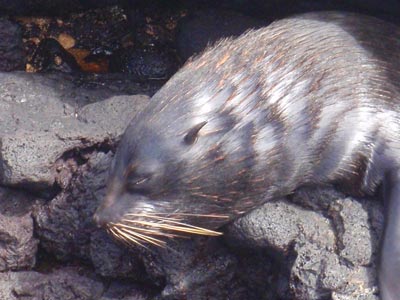
Finally, we have an interesting rock formation known as Darwin’s Toilet:
The water rushes in and out and resembles a toilet flushing (once someone has pointed that out to you; otherwise it resembles water rushing in and out more like a well refilling very quickly).
My husband took a short video of Darwin’s Toilet that is on my Facebook page. If you’d like to see Darwin’s Toilet in action, visit www.facebook.com/cindyprocterkingauthor and click on Photos, then click on Videos. Then click on Darwin’s Toilet.
While you’re there, it can’t hurt you to like my page, so go ahead and click “Like.”
What, it does hurt, you say? Awwwwwww. It only hurts a little. You can handle it. I know you can.

